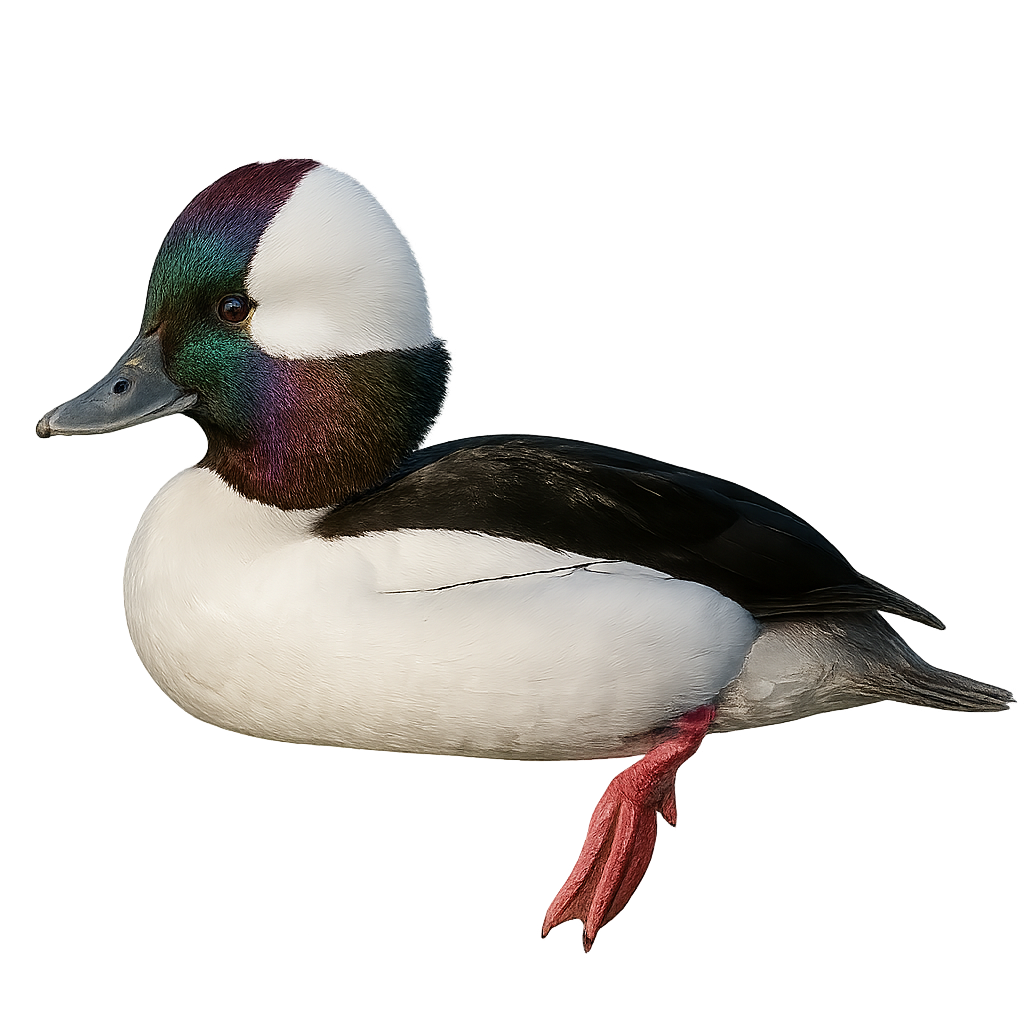Your wildlife photography guide.
Explore the smew in detail, study its behavior, prepare your shots.
Where to observe and photograph the smew in the wild
Learn where and when to spot the smew in the wild, how to identify the species based on distinctive features, and what natural environments it inhabits. The WildlifePhotographer app offers tailored photography tips that reflect the smew’s behavior, helping you capture better wildlife images. Explore the full species profile for key information including description, habitat, active periods, and approach techniques.
Smew
Scientific name: Mergellus albellus

IUCN Status: Least Concern
Family: ANATIDAE
Group: Birds
Sensitivity to human approach: Very shy
Minimum approach distance: 20 m
Courtship display: April to June
Incubation: 26-28 jours
Hatchings: May to July
Habitat:
Lakes, ponds, and calm rivers with riparian vegetation
Activity period :
Primarily active during the day, with peak activity in the morning and late afternoon.
Identification and description:
The smew is a small diving duck, 38–42 cm long, with the male’s striking black-and-white plumage and the female’s more subdued brownish tones. It inhabits lakes, ponds, and calm rivers with riparian vegetation in boreal and temperate regions. An expert diver, it feeds on small fish and aquatic invertebrates.
Recommended lens:
300 mm – adjust based on distance, desired framing (portrait or habitat), and approach conditions.
Photography tips:
Photograph the smew from a distance using at least a 300 mm telephoto lens on calm waters at sunrise or sunset to take advantage of soft light and capture its spectacular dives. Position yourself low near the water for an immersive angle, and be patient: this bird may dive for long periods before resurfacing.
The WildlifePhotographer App is coming soon!
Be the first to explore the best nature spots, track rutting seasons, log your observations, and observe more wildlife.
Already 1 430 wildlife lovers subscribed worldwide

